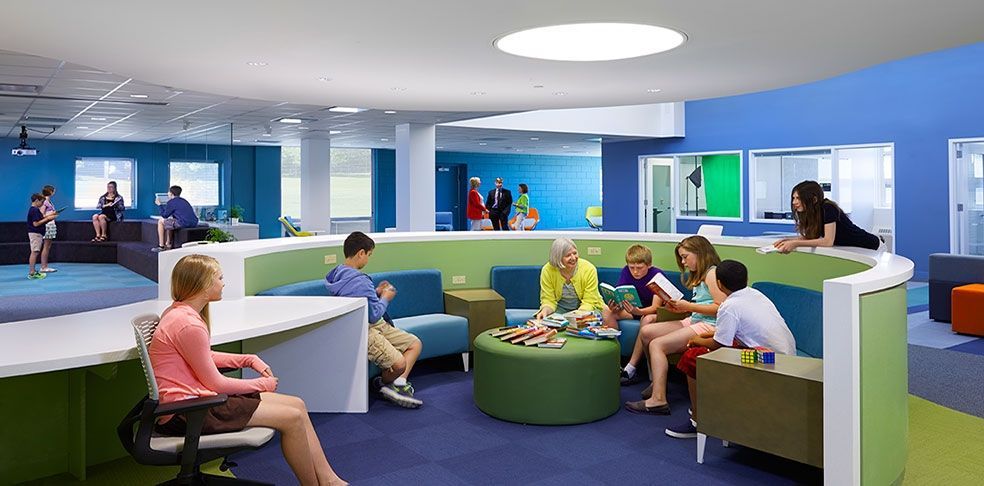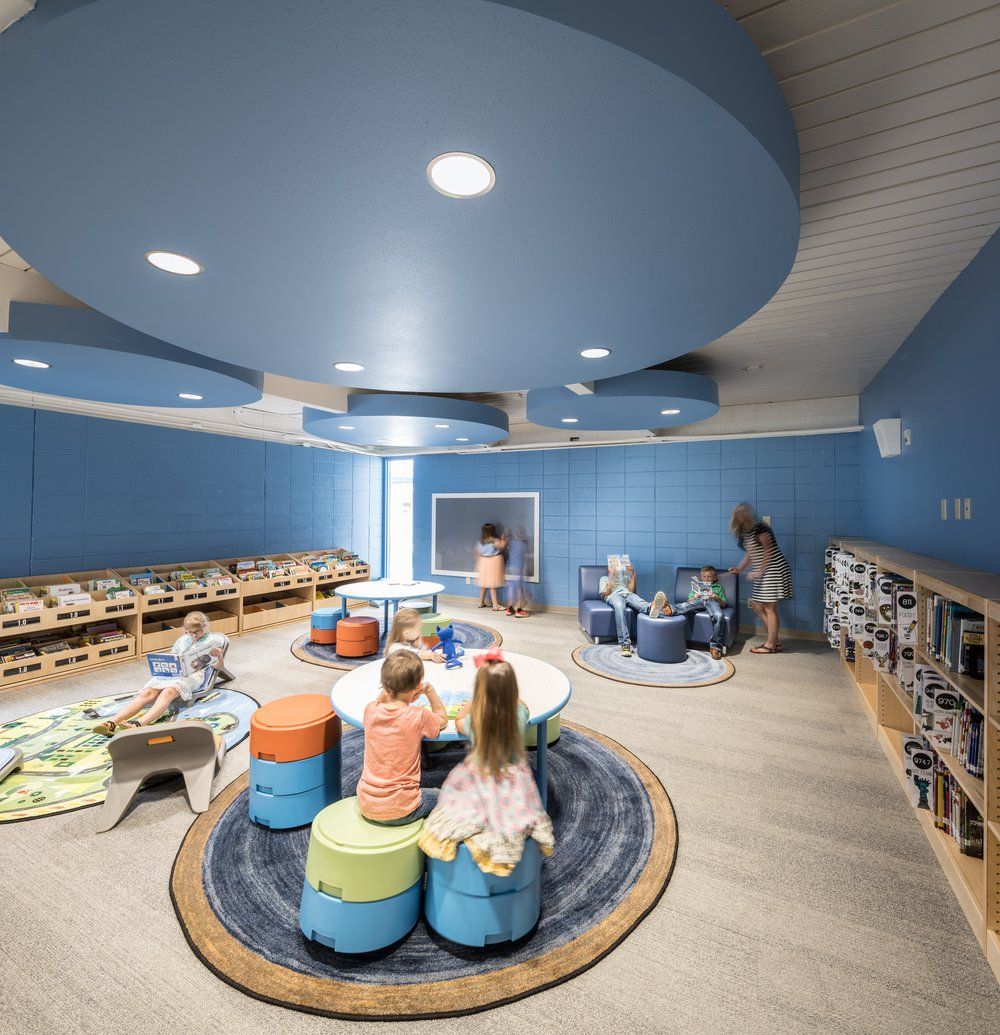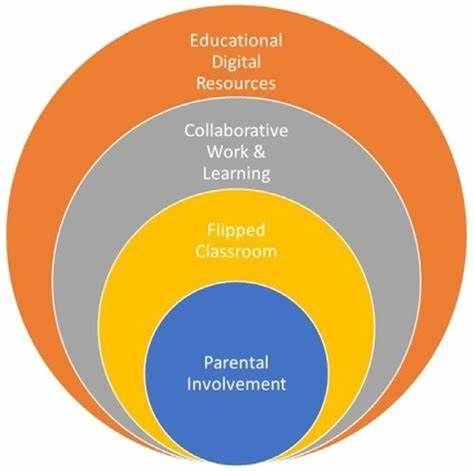Building an innovative environment in the classroom with Information and Communication Technology (ICT) involves integrating technology seamlessly into teaching practices to enhance learning experiences and foster creativity, critical thinking, and collaboration among students.
Here is some inspiration for you and some teaching practices for creating such an environment:
 Flipped Classroom Model: Implement the flipped classroom model, where students engage with instructional content online outside of class and use class time for interactive activities, discussions, and hands-on projects. Use ICT tools such as educational videos, podcasts, or interactive multimedia resources to deliver content asynchronously, allowing students to learn at their own pace.
Flipped Classroom Model: Implement the flipped classroom model, where students engage with instructional content online outside of class and use class time for interactive activities, discussions, and hands-on projects. Use ICT tools such as educational videos, podcasts, or interactive multimedia resources to deliver content asynchronously, allowing students to learn at their own pace.
There is a discussion about Traditional VS flipped classroom for adaptive and individualized learning on our E-Teach Forum
Click here
 Project-Based Learning (PBL): Embrace project-based learning approaches that emphasize inquiry, problem-solving, and collaboration. Use ICT tools such as digital project management platforms, collaborative document editors, and multimedia creation tools to facilitate project planning, research, and presentation. Encourage students to use technology creatively to showcase their learning through multimedia presentations, digital storytelling, or interactive websites.
Project-Based Learning (PBL): Embrace project-based learning approaches that emphasize inquiry, problem-solving, and collaboration. Use ICT tools such as digital project management platforms, collaborative document editors, and multimedia creation tools to facilitate project planning, research, and presentation. Encourage students to use technology creatively to showcase their learning through multimedia presentations, digital storytelling, or interactive websites.
 Personalized Learning: Utilize ICT tools to differentiate instruction and cater to diverse learning needs and preferences. Use adaptive learning platforms, educational apps, and learning management systems to deliver personalized learning experiences tailored to individual student interests, abilities, and learning styles. Provide students with opportunities to explore topics of interest, set learning goals, and receive targeted feedback and support through digital resources and adaptive assessments.
Personalized Learning: Utilize ICT tools to differentiate instruction and cater to diverse learning needs and preferences. Use adaptive learning platforms, educational apps, and learning management systems to deliver personalized learning experiences tailored to individual student interests, abilities, and learning styles. Provide students with opportunities to explore topics of interest, set learning goals, and receive targeted feedback and support through digital resources and adaptive assessments.
 Collaborative Learning Environments: Create collaborative learning environments where students work together to solve problems, share ideas, and co-create knowledge. Use ICT tools such as online discussion forums, virtual classrooms, and collaborative document editing platforms to facilitate communication and collaboration among students, both inside and outside the classroom. Encourage peer learning, teamwork, and collective problem-solving through collaborative projects, group assignments, and peer feedback activities.
Collaborative Learning Environments: Create collaborative learning environments where students work together to solve problems, share ideas, and co-create knowledge. Use ICT tools such as online discussion forums, virtual classrooms, and collaborative document editing platforms to facilitate communication and collaboration among students, both inside and outside the classroom. Encourage peer learning, teamwork, and collective problem-solving through collaborative projects, group assignments, and peer feedback activities.
 Inquiry-Based Learning: Promote inquiry-based learning approaches that encourage students to ask questions, investigate concepts, and seek solutions independently. Use ICT tools such as digital research databases, online simulations, and virtual labs to provide students with access to a wealth of information and resources for inquiry-based exploration and experimentation. Encourage students to use technology to conduct research, analyze data, and communicate findings effectively.
Inquiry-Based Learning: Promote inquiry-based learning approaches that encourage students to ask questions, investigate concepts, and seek solutions independently. Use ICT tools such as digital research databases, online simulations, and virtual labs to provide students with access to a wealth of information and resources for inquiry-based exploration and experimentation. Encourage students to use technology to conduct research, analyze data, and communicate findings effectively.
 Critical Thinking and Digital Literacy: Foster critical thinking skills and digital literacy by integrating ICT tools into activities that require students to evaluate information, analyze data, and solve complex problems. Use digital storytelling, multimedia analysis, and online debate platforms to engage students in critical thinking tasks that require them to assess the credibility, relevance, and reliability of digital information. Provide opportunities for students to develop digital literacy skills such as information literacy, media literacy, and digital citizenship through guided inquiry, reflective practice, and collaborative inquiry projects.
Critical Thinking and Digital Literacy: Foster critical thinking skills and digital literacy by integrating ICT tools into activities that require students to evaluate information, analyze data, and solve complex problems. Use digital storytelling, multimedia analysis, and online debate platforms to engage students in critical thinking tasks that require them to assess the credibility, relevance, and reliability of digital information. Provide opportunities for students to develop digital literacy skills such as information literacy, media literacy, and digital citizenship through guided inquiry, reflective practice, and collaborative inquiry projects.
What about you? Do you easily adapt to technological advancements? What is your the most preferable teaching practice so far and why?



